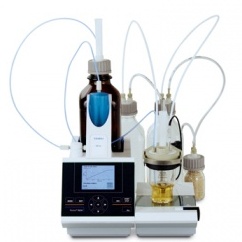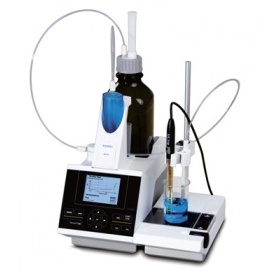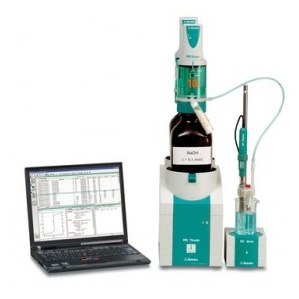多过敏原检测:测定独特的坚果及树生坚果多肽标记物
The presence of hidden nut and tree nut allergens in foods can result in serious
health issues, necessitating a method capable of detecting and quantifying them at
trace levels using a single robust assay. To find specific peptide markers that can
be
used to determine the presence or absence of specific nuts in food, proteins unique
to
11 tree nuts (almond, pecan, cashew, walnut, hazelnut, pine nut, brazil nut,
macadamia nut, pine nut, chestnut, and coconut) and peanut were enzymatically
digested and analyzed using accurate
-
mass Q
-
TOF LC/MS. Each marker peptide was
selected by establish
ing its presence in raw and roasted nuts, processed and
unprocessed food, abundance (sensitivity), sequence size, and uniqueness to a
specific nut. The National Center for Biotechnology Information (NCBI) nr database
searches were performed to confirm pep
tide identities, and to ensure that the
marker peptides chosen were not present in other nuts or common food ingredients
such as barley, corn, rice, soy, and wheat. Two marker peptides were selected for
each tree nut, and four were selected for peanuts. An
alysis of peptide digests from
grains such as barley, corn, rice, quinoa, soy, and wheat did not present interfer
-
ences. The peptide markers were tested to determine if they could be used to
screen common foods for the presence of the 11 tree nuts and pea
nut at sub
-
ppm
levels. Foods containing nuts as listed on the label showed a response for the cor
-
rect nut. Foods processed using equipment also used to process other tree nuts or
peanuts were in certain cases found to contain these other nuts. 6500 系列四极杆(Q-TOF) 液质联用系统

文件大小:217.57KB
建议WIFI下载,土豪忽略








